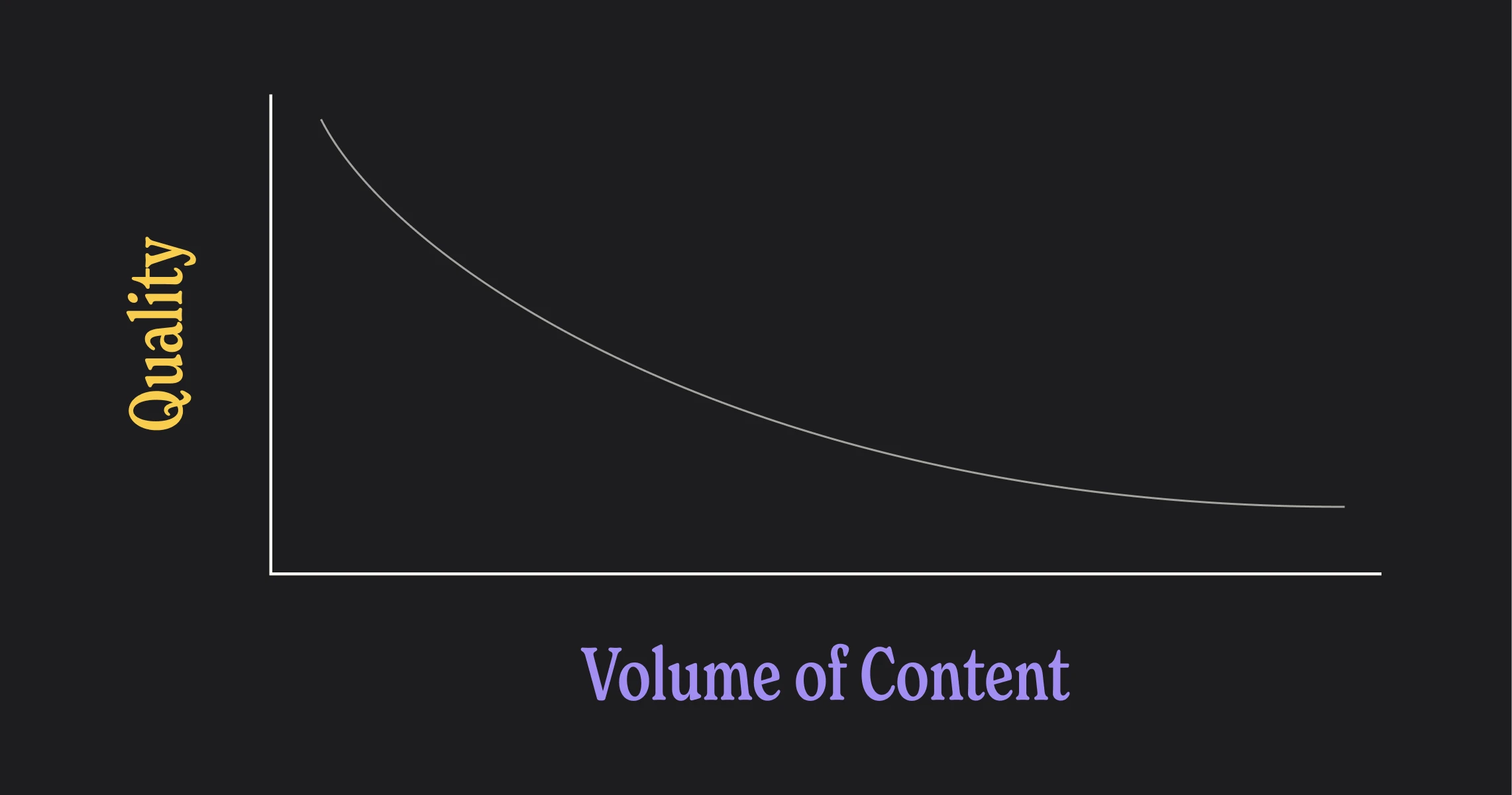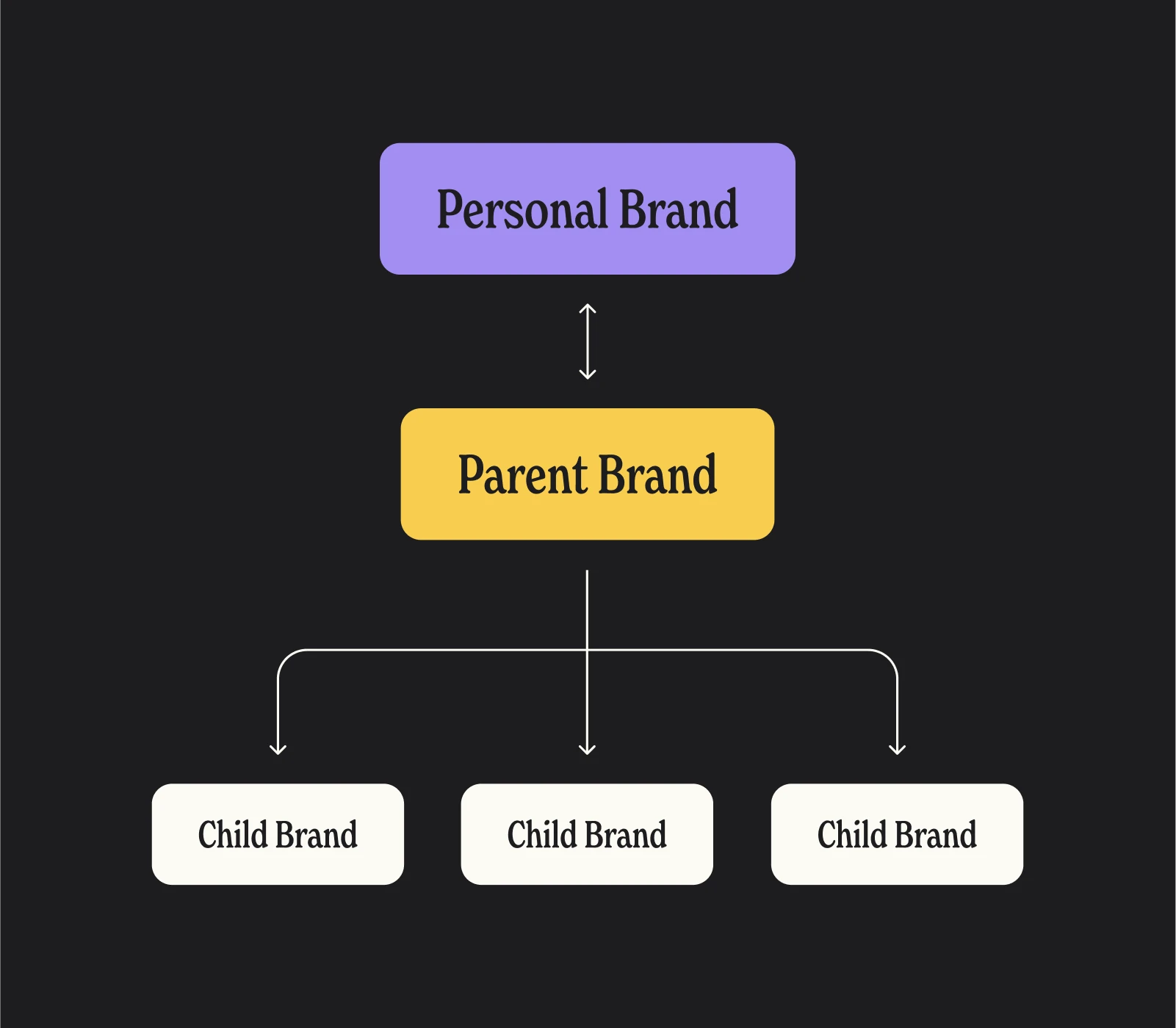
A Shift Every Creator Needs to Understand
Rare Days’ CEO, Tonner Jackson, recently highlighted a piece from Stratechery that captures a major shift underway in the content industry. Ben Thompson's analysis shows how AI is accelerating a centuries-long trend toward commoditization and why creators must rethink how they build sustainable businesses.
This isn’t just about cheaper content production. It’s about the fundamental question: If anyone can make anything, what makes your content matter?

A Brief History of Content Commoditization
Thompson traces three eras of content, each defined by who controlled the value chain:

Era 1: Printing Presses and Nation States (1500s–1800s)
The printing press broke the Catholic Church's information monopoly. By publishing in common dialects, publishers created shared cultures that became the foundation for modern nation-states.
Content literally made countries 🤯
Era 2: Copyright and Franchises (1800s–2000s)
Copyright laws created government-backed monopolies that allowed publishers to build massive media businesses. Newspaper empires, magazine conglomerates, and entertainment franchises flourished.
Era 3: The Internet and Aggregators (2000s–2020s)
The internet killed geographic monopolies overnight. Suddenly, every publisher competed with everyone, everywhere. Aggregators like Google became the power brokers by organizing infinite content. Publishers turned into commodities feeding the aggregator machine.
Era 4: AI and Total Content Commoditization (Now)
AI represents the next chapter. It can generate any type of content on demand and will only improve. Soon, anyone will be able to create whatever they want to satisfy personal needs and interests. As Thompson puts it, we have reached “total content commoditization.”
What AI Means for Creator Businesses
This shift isn’t theoretical, it’s already visible across Rare Days’ customers.
The Upside: Solving Old Problems
AI tools are solving challenges that have long plagued creator-led products. Rare Days has built conversational chatbots for creators like Dr. Becky and Shan Boodram that turn years of content into instantly accessible expertise. Instead of searching through old videos, audiences can ask questions and get personalized, cited answers in the creator’s voice.
The Reality Check: Connection Is the Moat
Thompson's analysis reveals why this is just the beginning. If content becomes commoditized, what matters isn’t what you create but who you are and how you connect.
The creators who understand this are already building different types of businesses. They're not just making more content, they're creating what Thompson calls "content-based communities." They're building around shared experiences that AI simply cannot replicate.
The Community Advantage: Shared Experiences
There are things that AI can't commoditize, specifically the human need for shared experiences and common ground. AI gives you individualized answers, but humans crave collective understanding. We want to know that other people are wrestling with the same questions, celebrating the same wins, and building toward similar goals.
The creators who are going to win long-term aren't producing content as a commodity, they're creating cultural touchstones. Their newsletters, podcasts, and videos become the "totem poles" (Thompson's term) around which communities form.
Ryan Trahan’s *50 States in 50 Days* series is one example. AI could never generate the same cultural moment or sense of shared belonging.
How Creators Can Adapt
To thrive in the AI era, creators need to change the game plan:
- Stop competing on content volume. AI will always be faster. Use content as a tool to build community, not just deliver information.
- Build for connection, not consumption. The most successful creators create experiences that their audience talks about with others. Their content becomes conversation starters between the audience and the creator, or even better, amongst the audience themselves, not just answers to questions.
- Focus on subscriptions and communities. As Thompson notes, the answer for publishers "is no different than it was in the age of Aggregators: build a direct connection with readers." This means business models that maximize revenue per user, which almost always means subscriptions and community-based offerings.
- Make content a catalyst. The best creator-led products use content to spark discussions, build relationships, and create shared experiences. Your content should be the beginning of a conversation, not the end of one.
Rare Days’ customers who’ve moved beyond course-only models are already seeing results. They use expertise to connect audience members with each other—not just deliver content.
The Future: From Content to Culture
Thompson concludes that content is becoming “artifacts around which communities can form.” For creators, this is the opportunity: to move beyond production and create belonging.
The creators who succeed in this new era won’t necessarily make the most content or even the most entertaining content. They’ll be the ones who create the strongest sense of identity and connection.
AI will continue to commoditize content. The real differentiator will be whether what you make makes someone feel something.



















